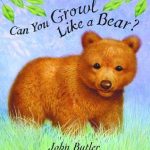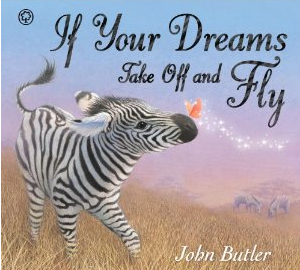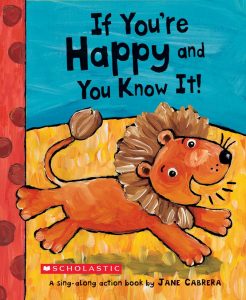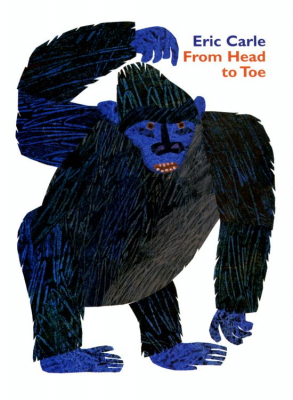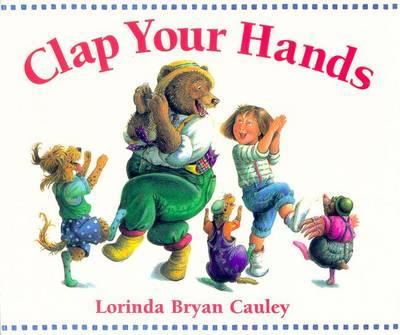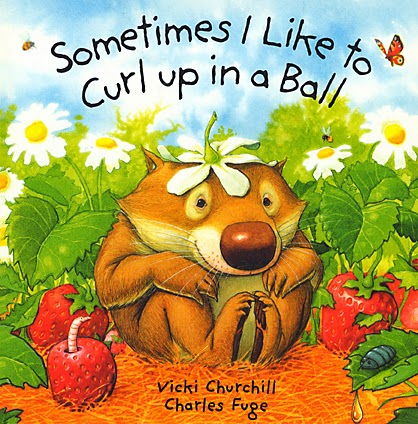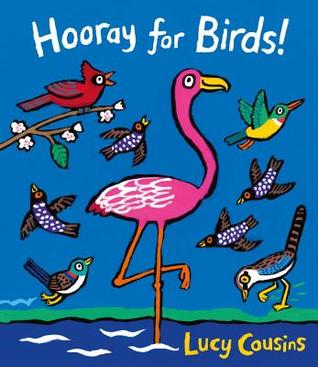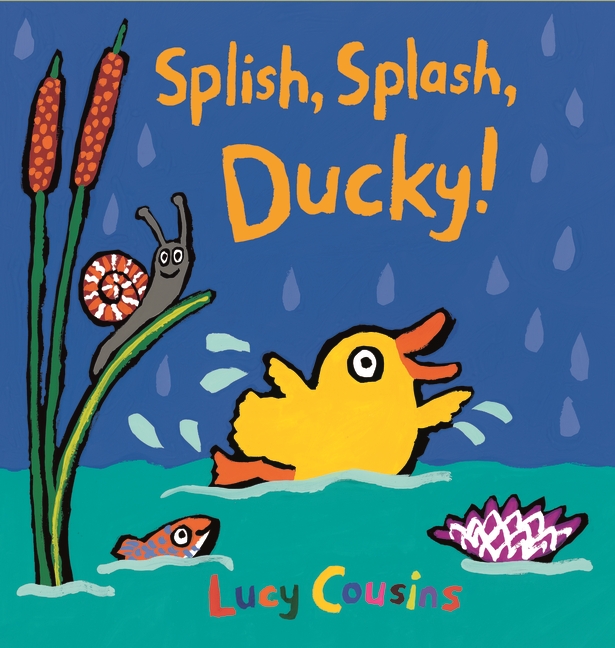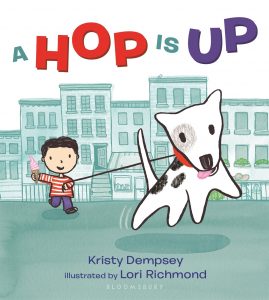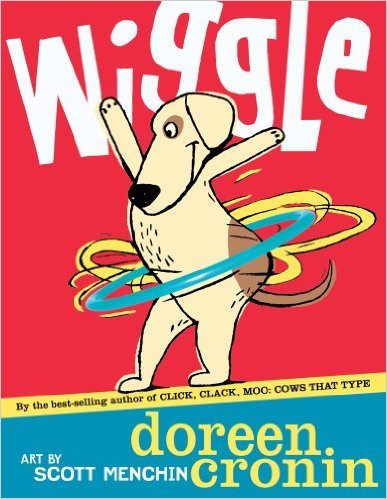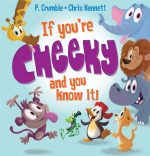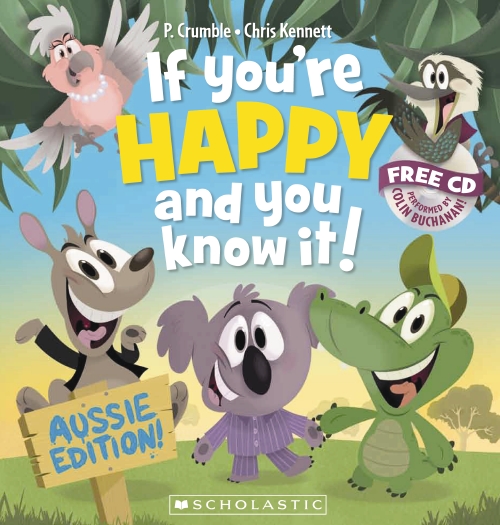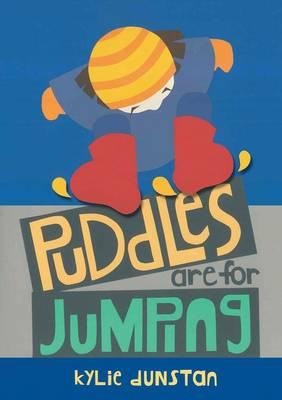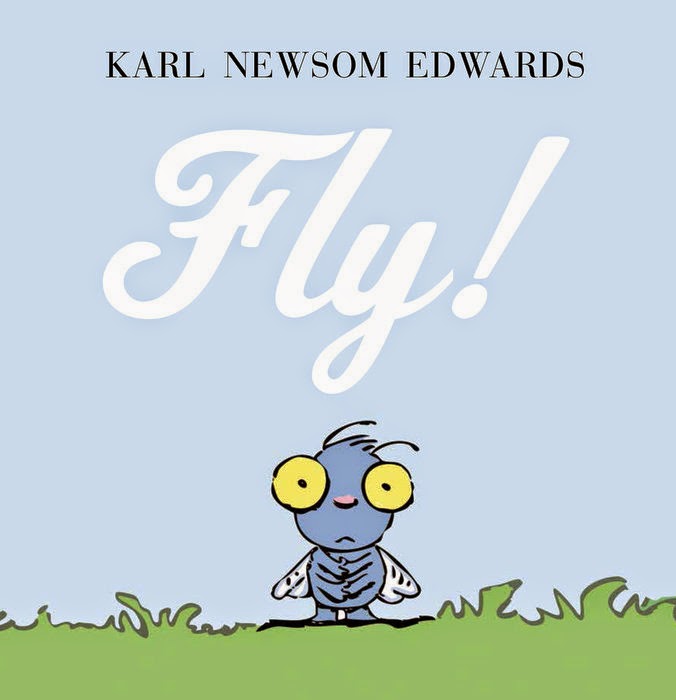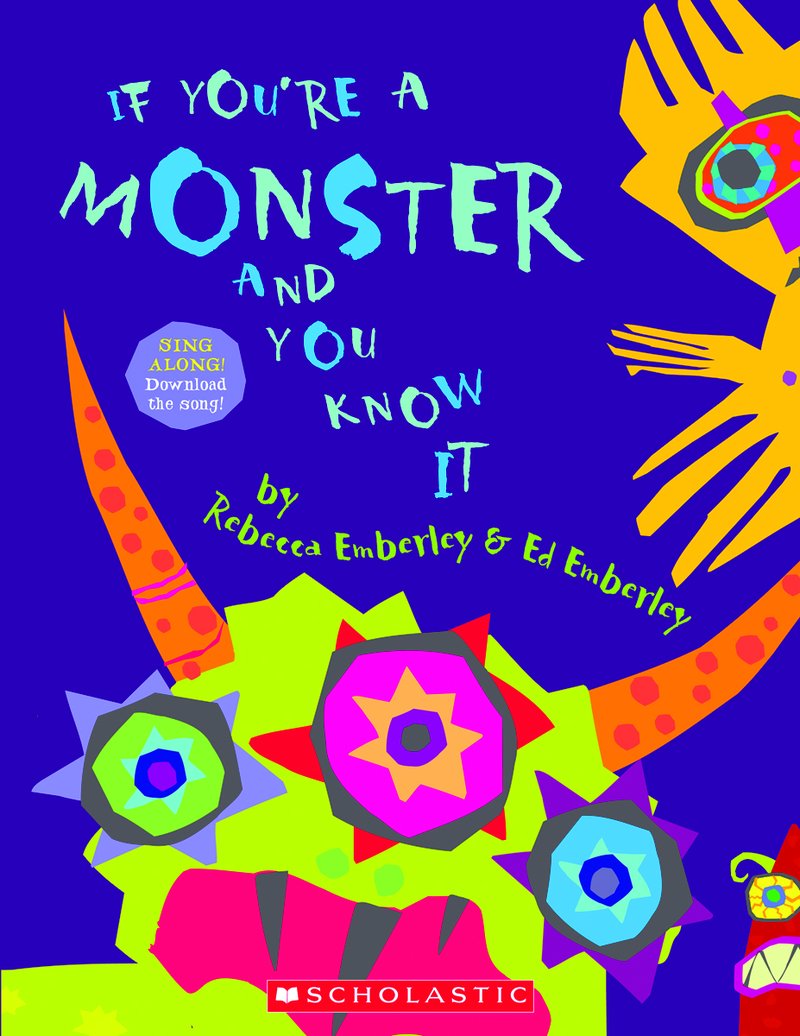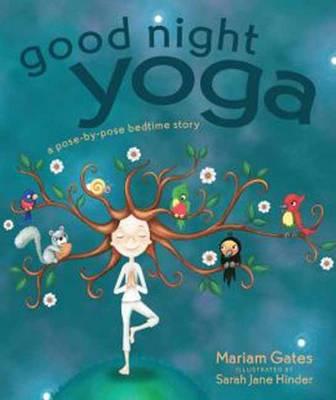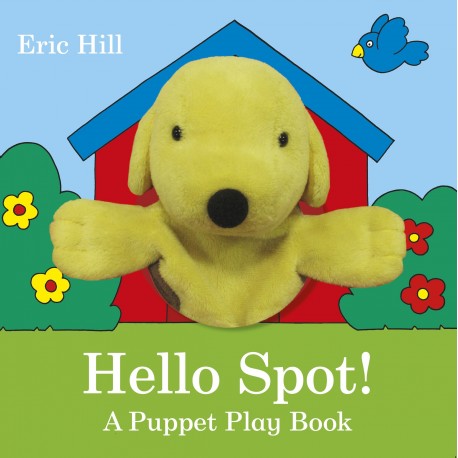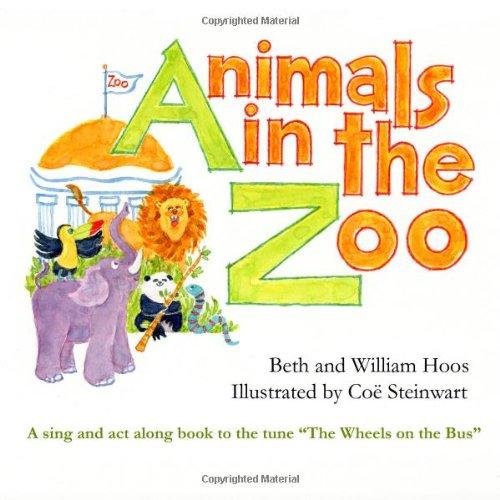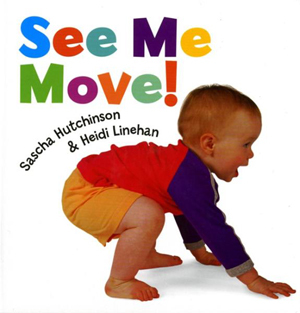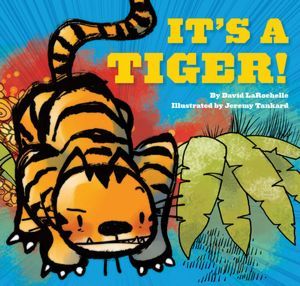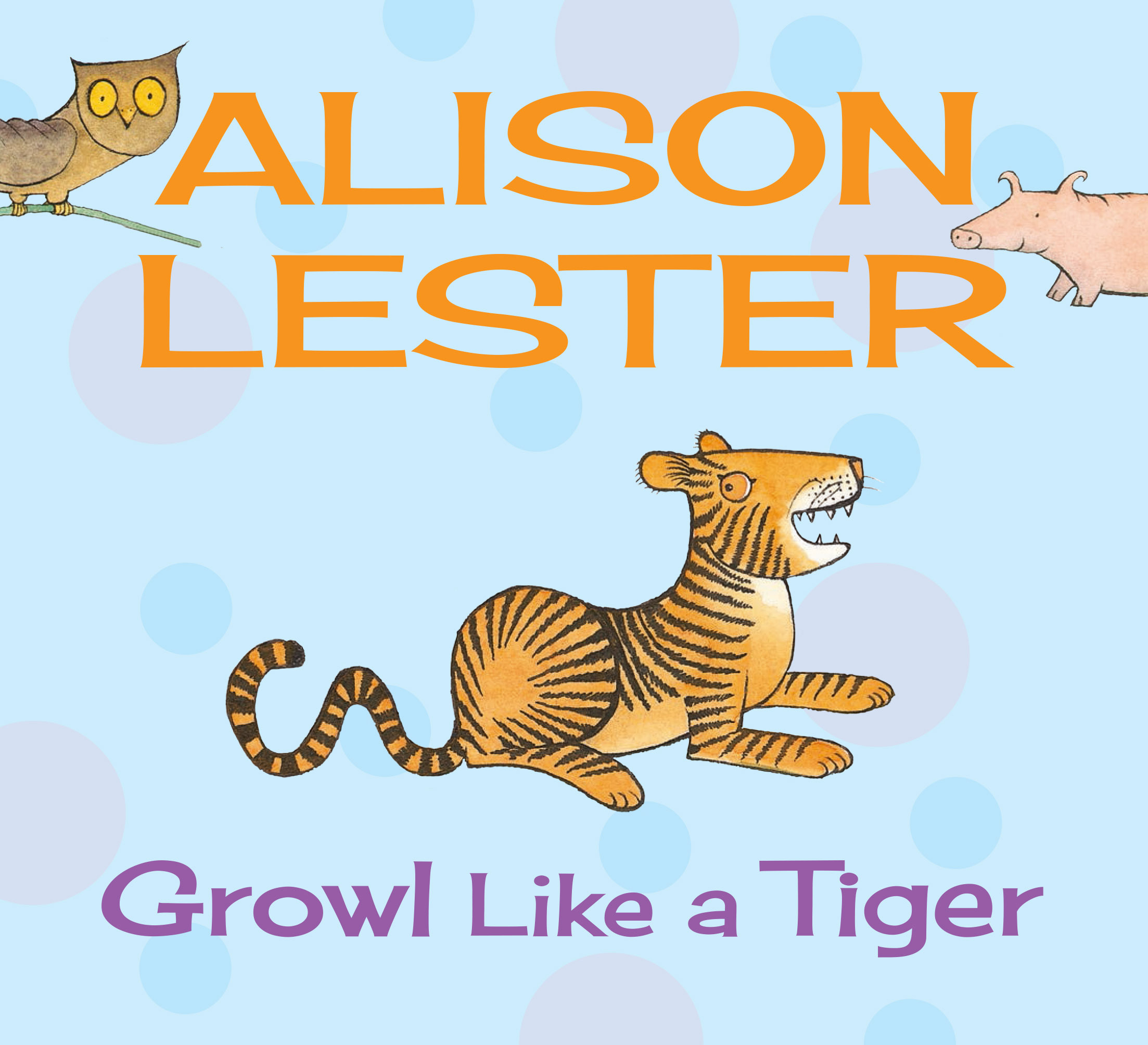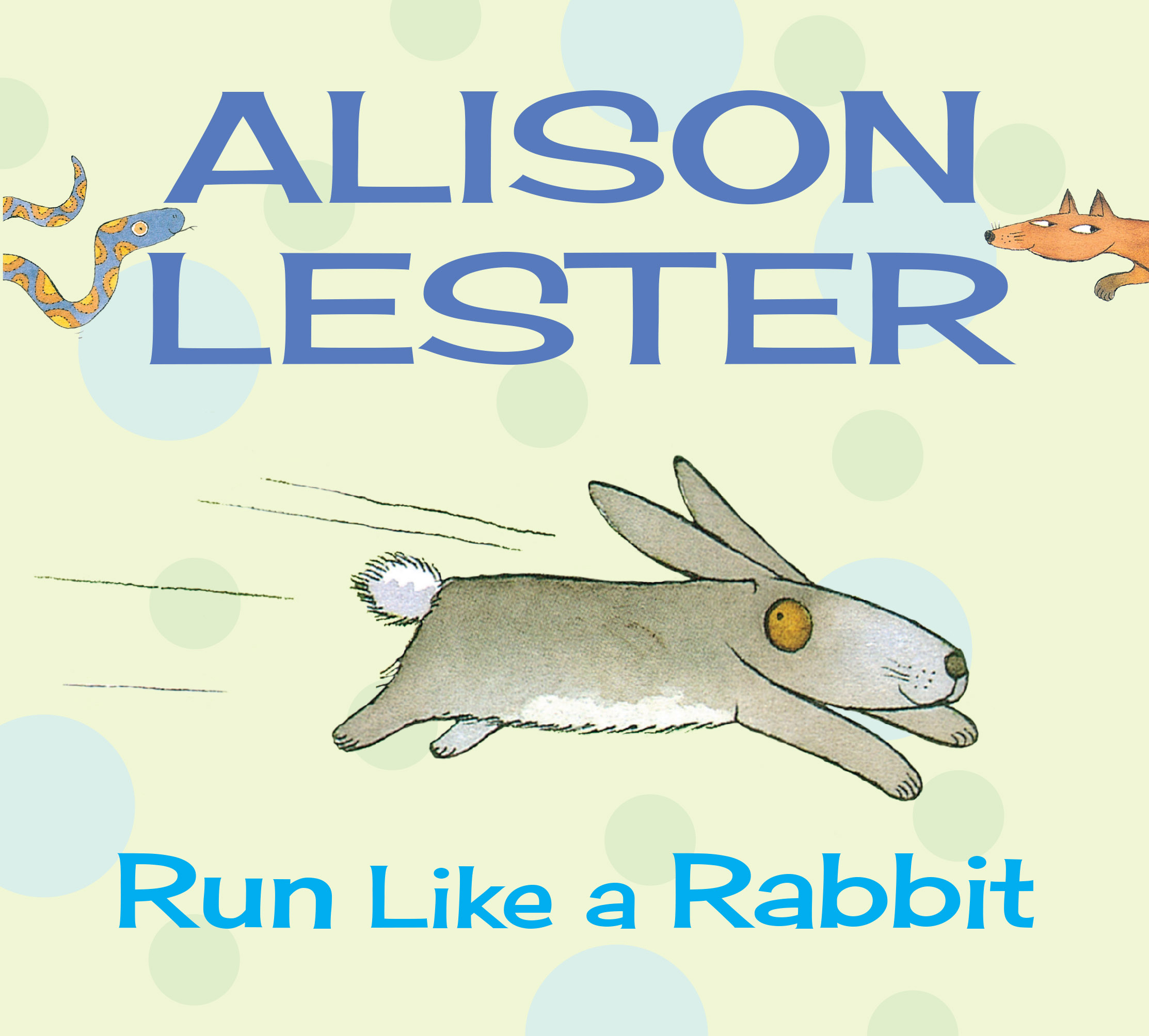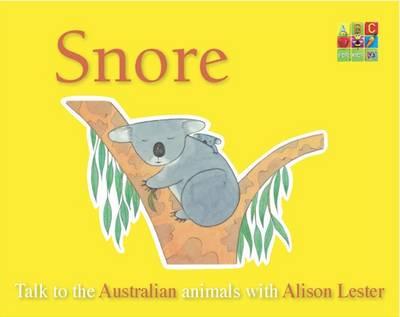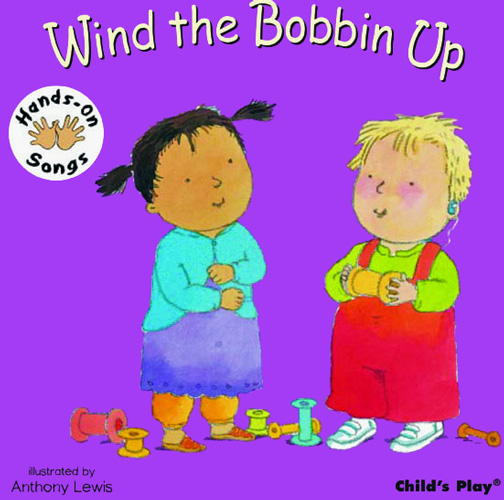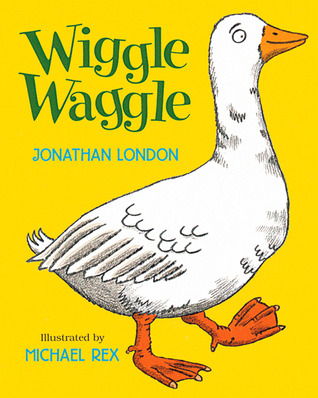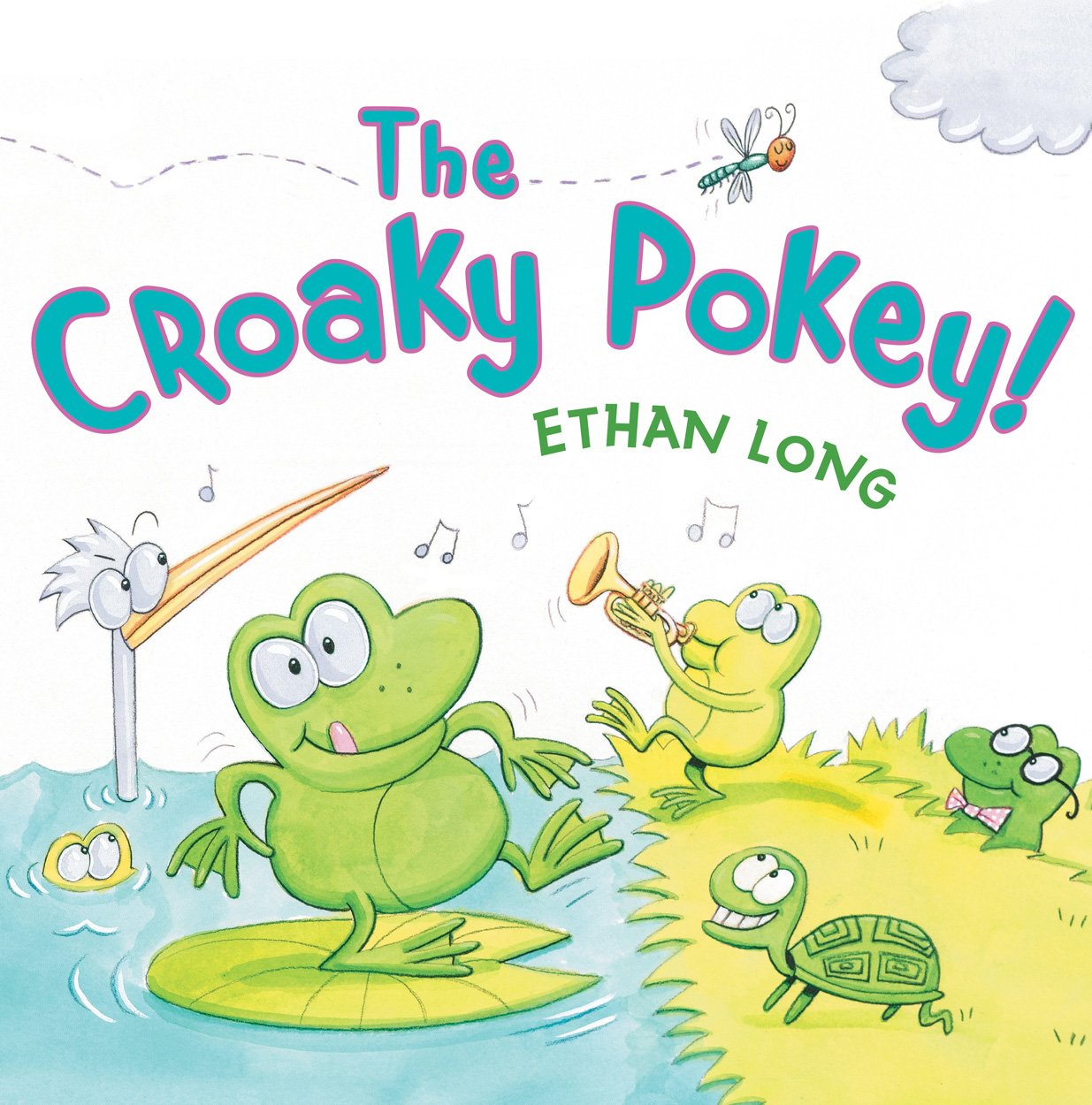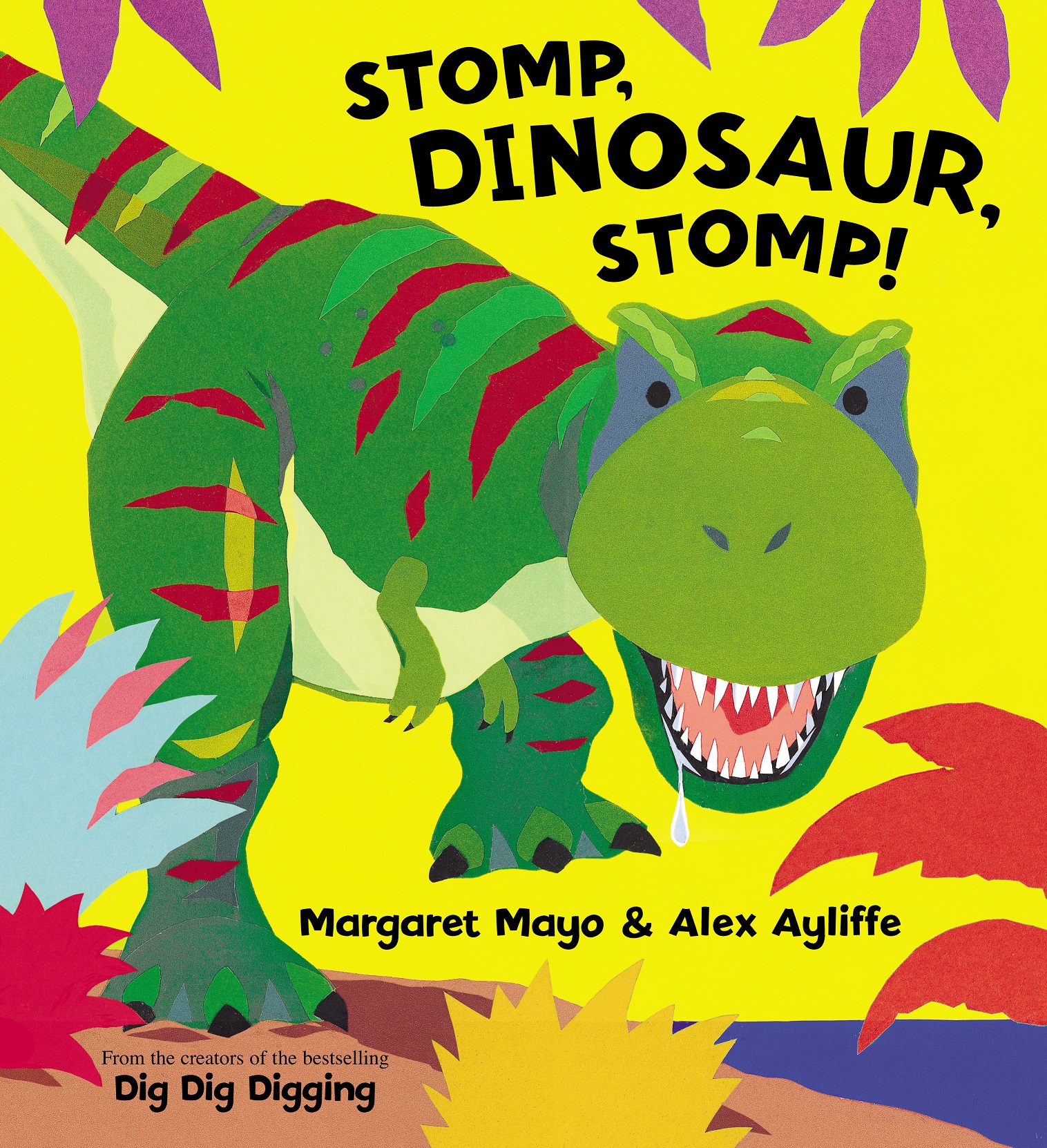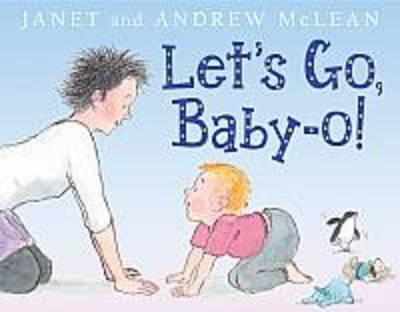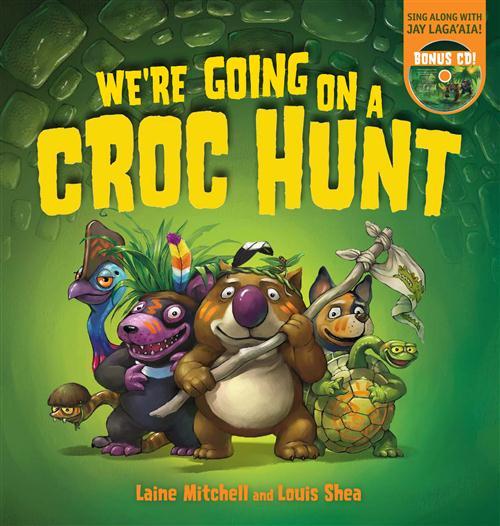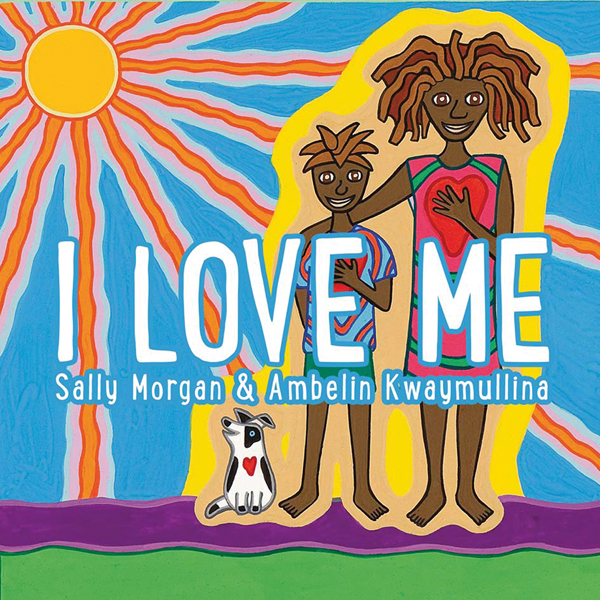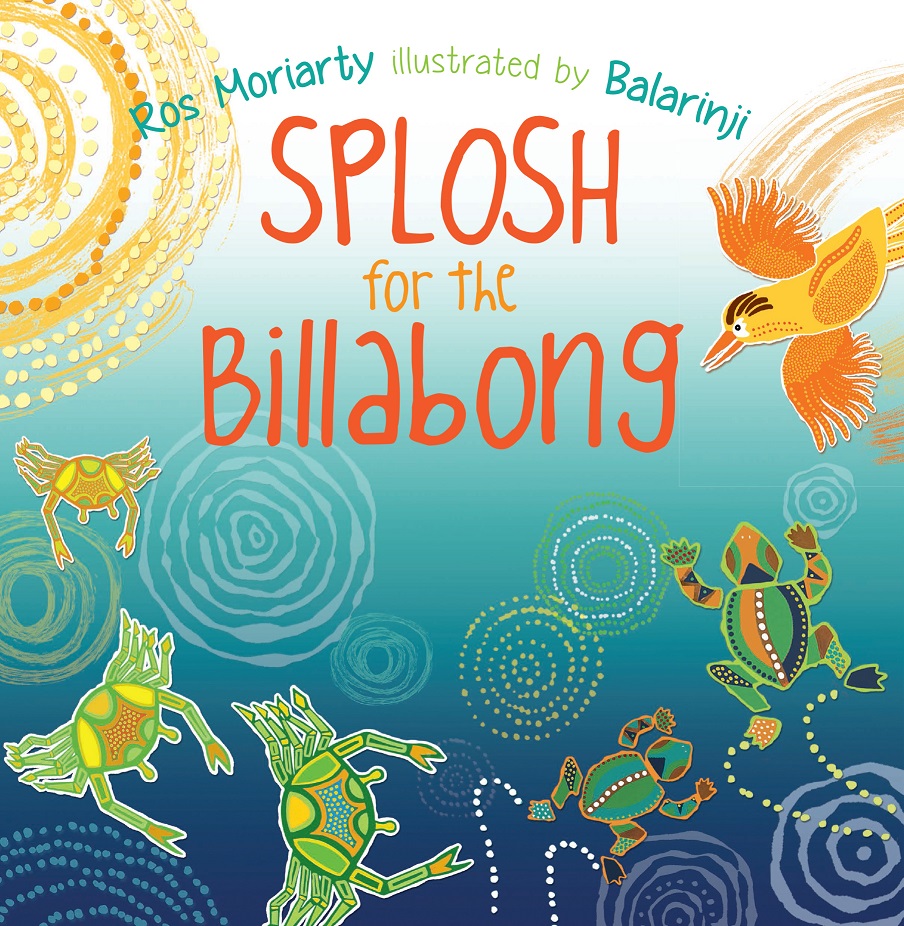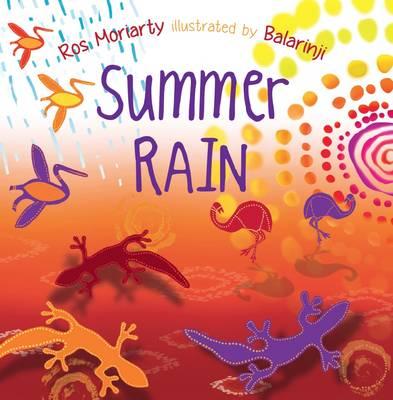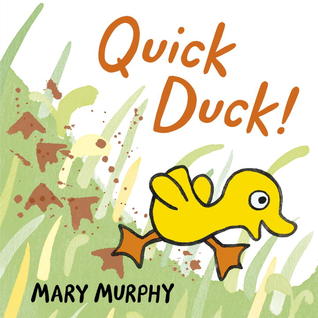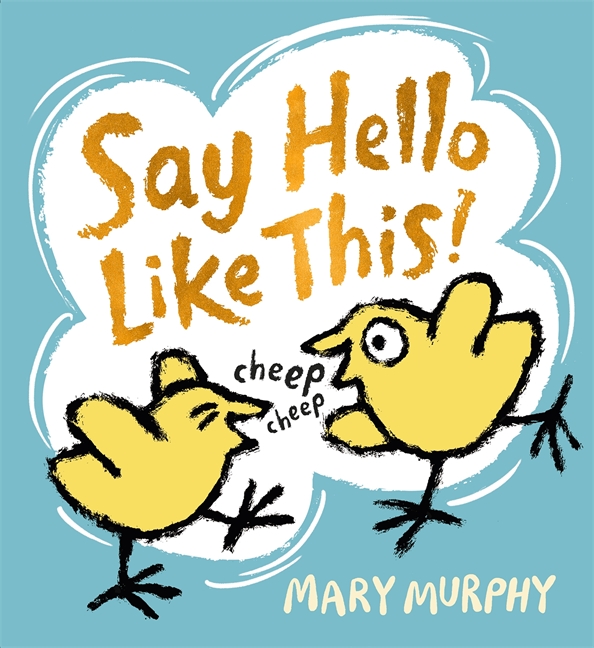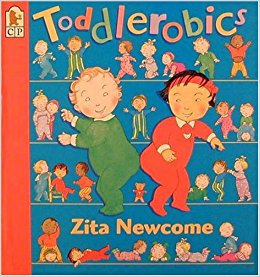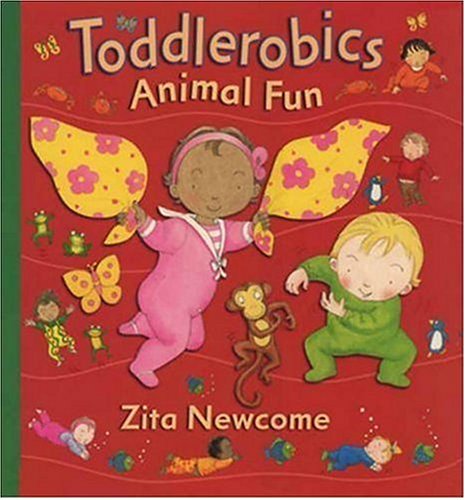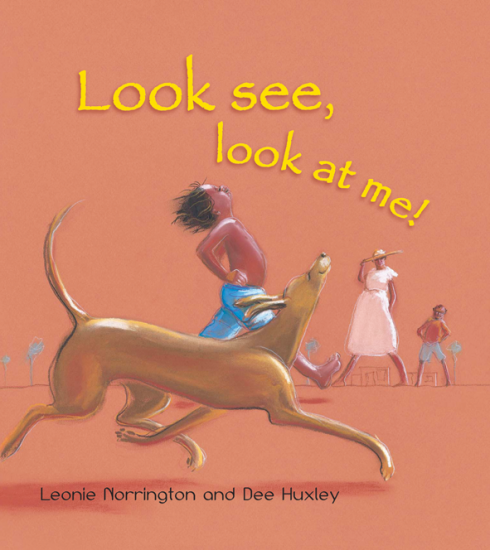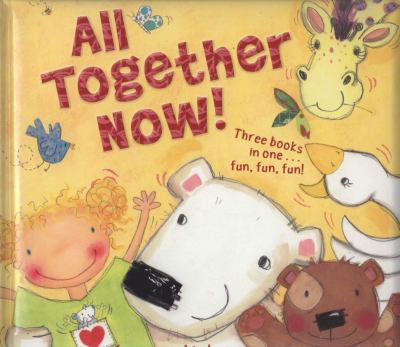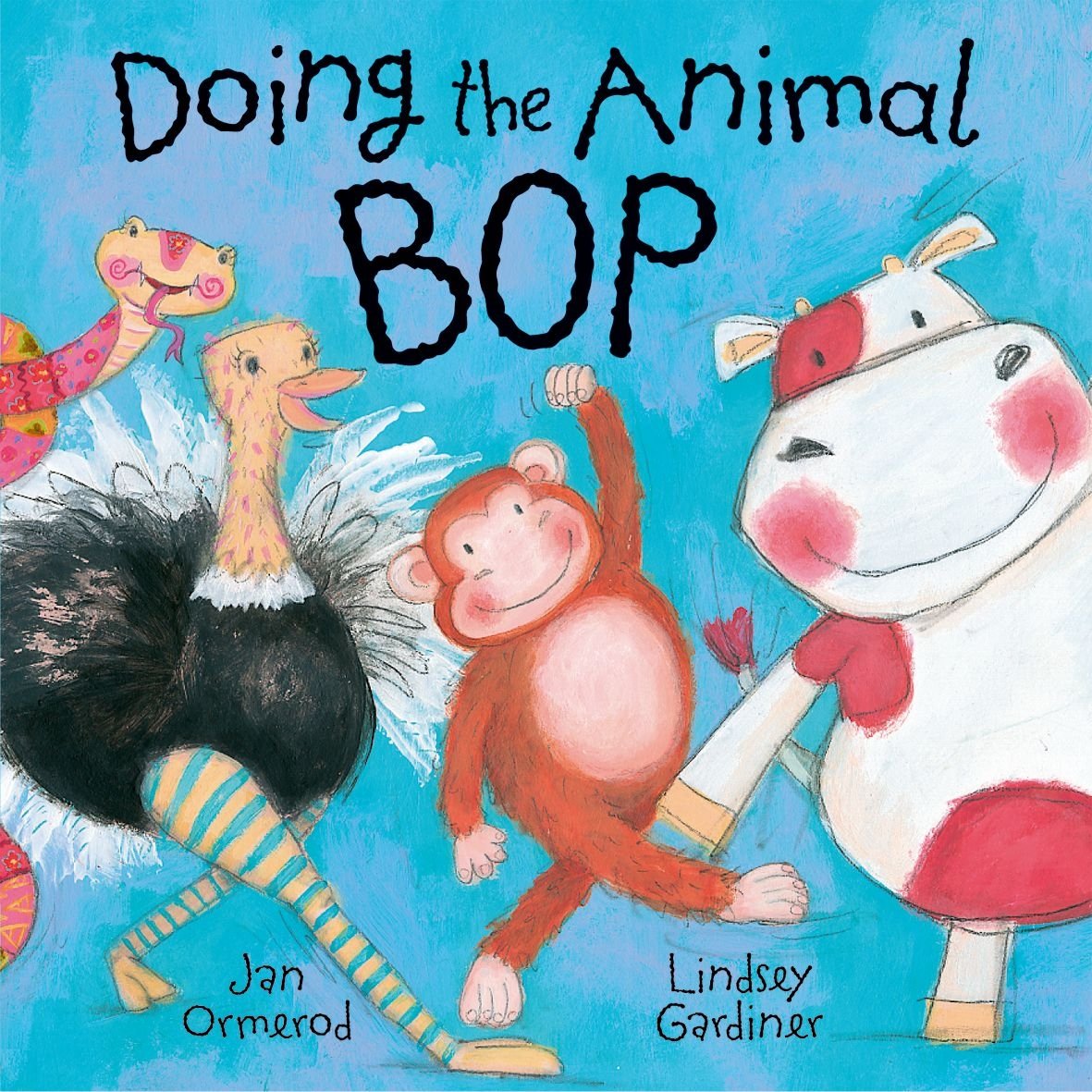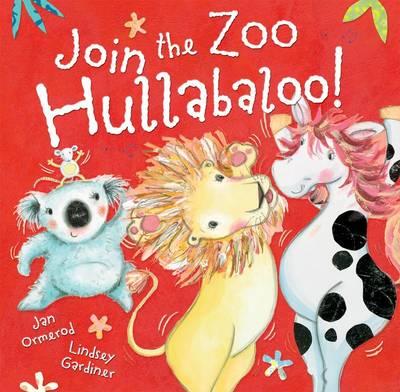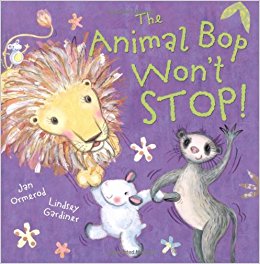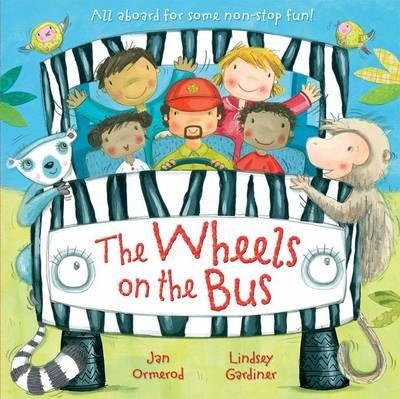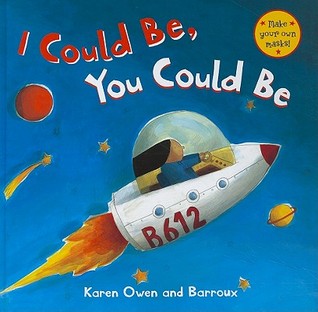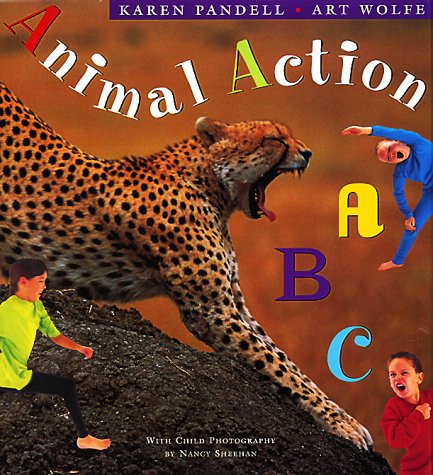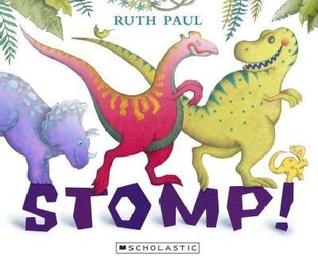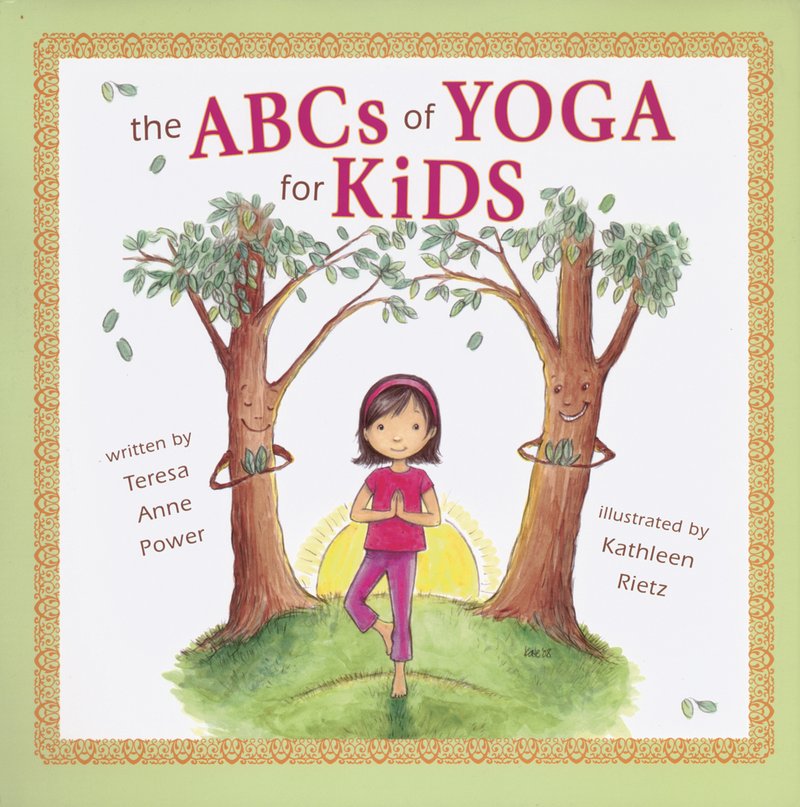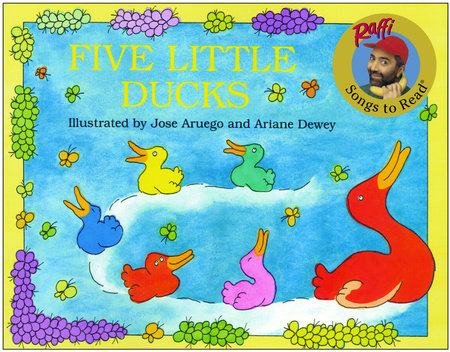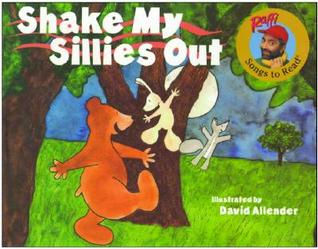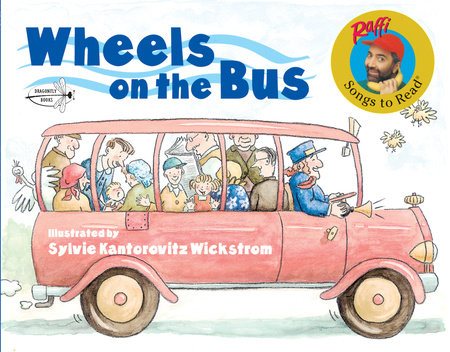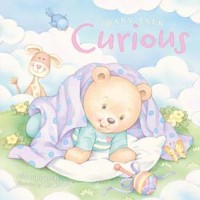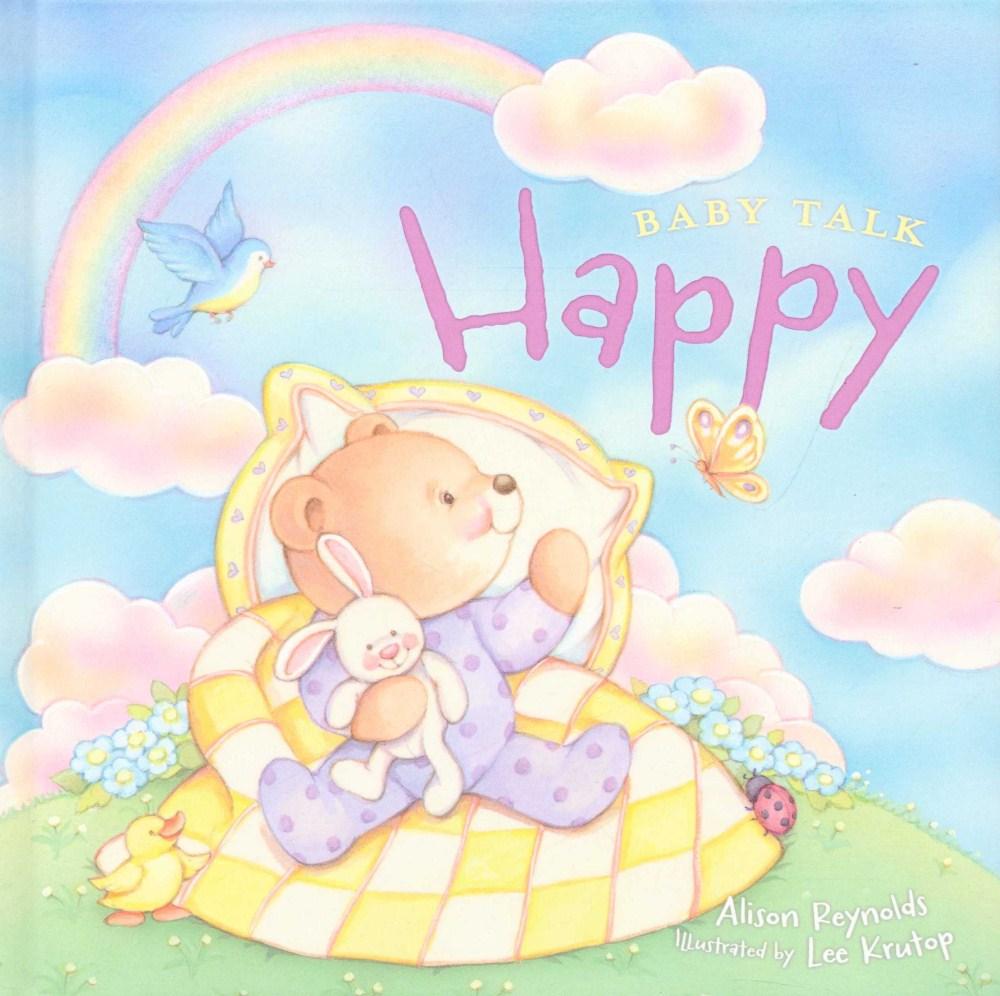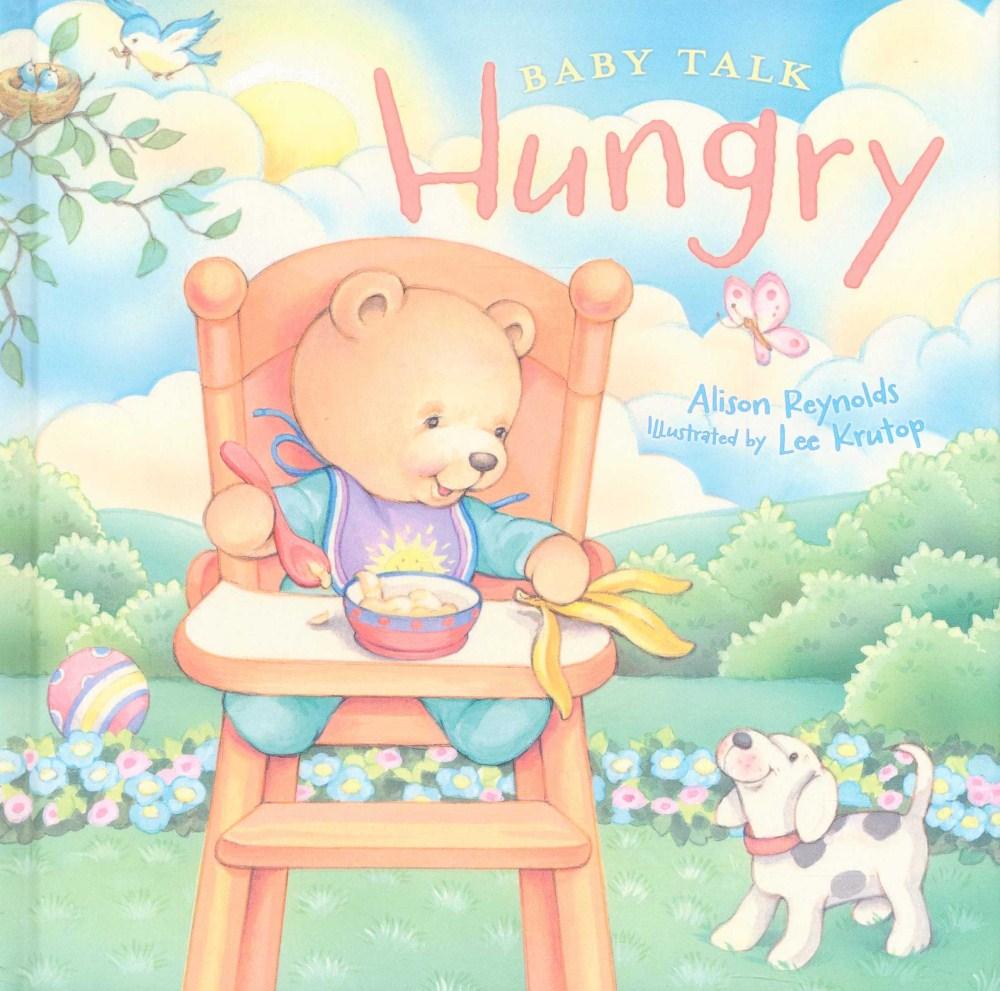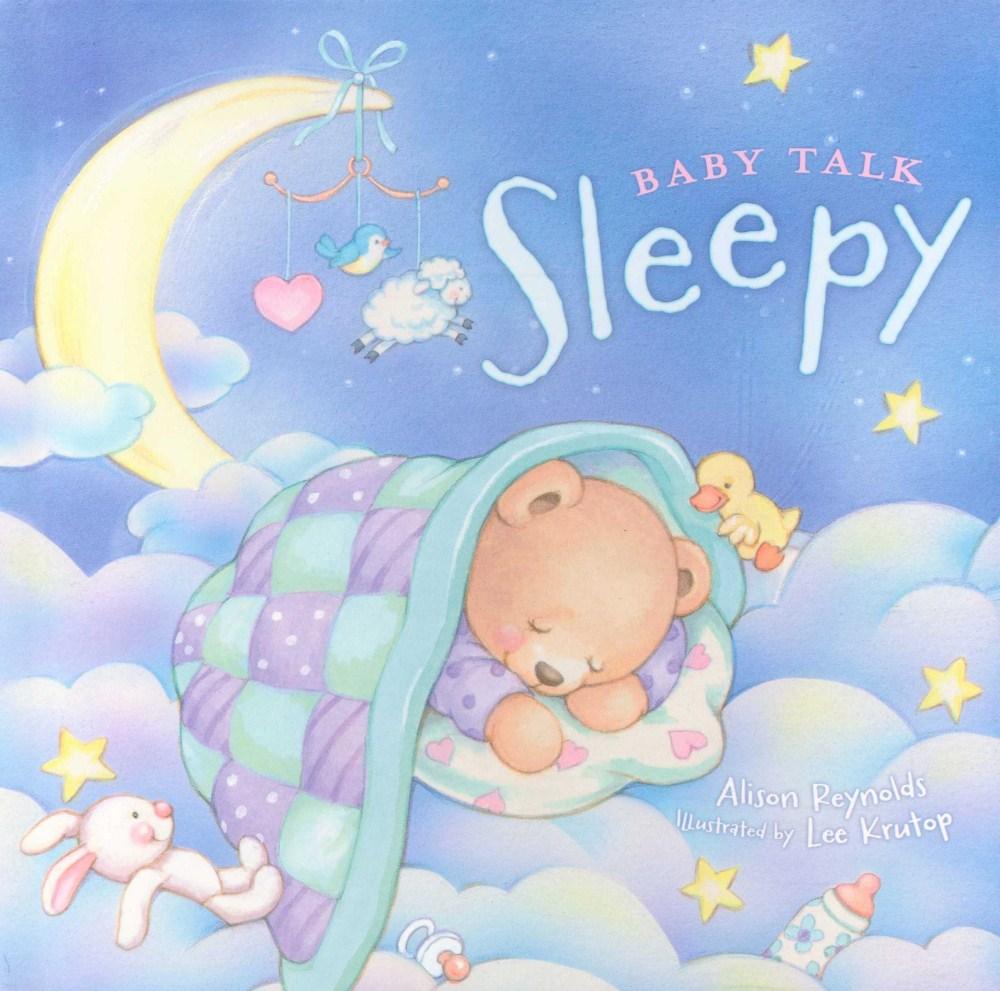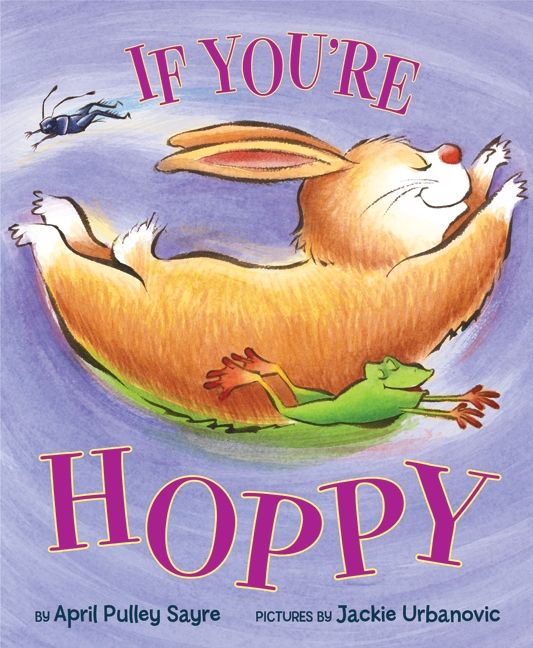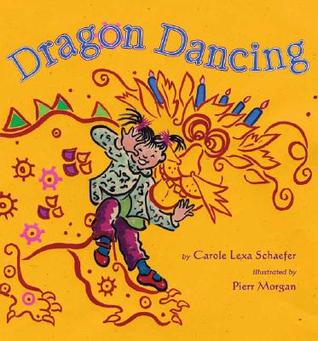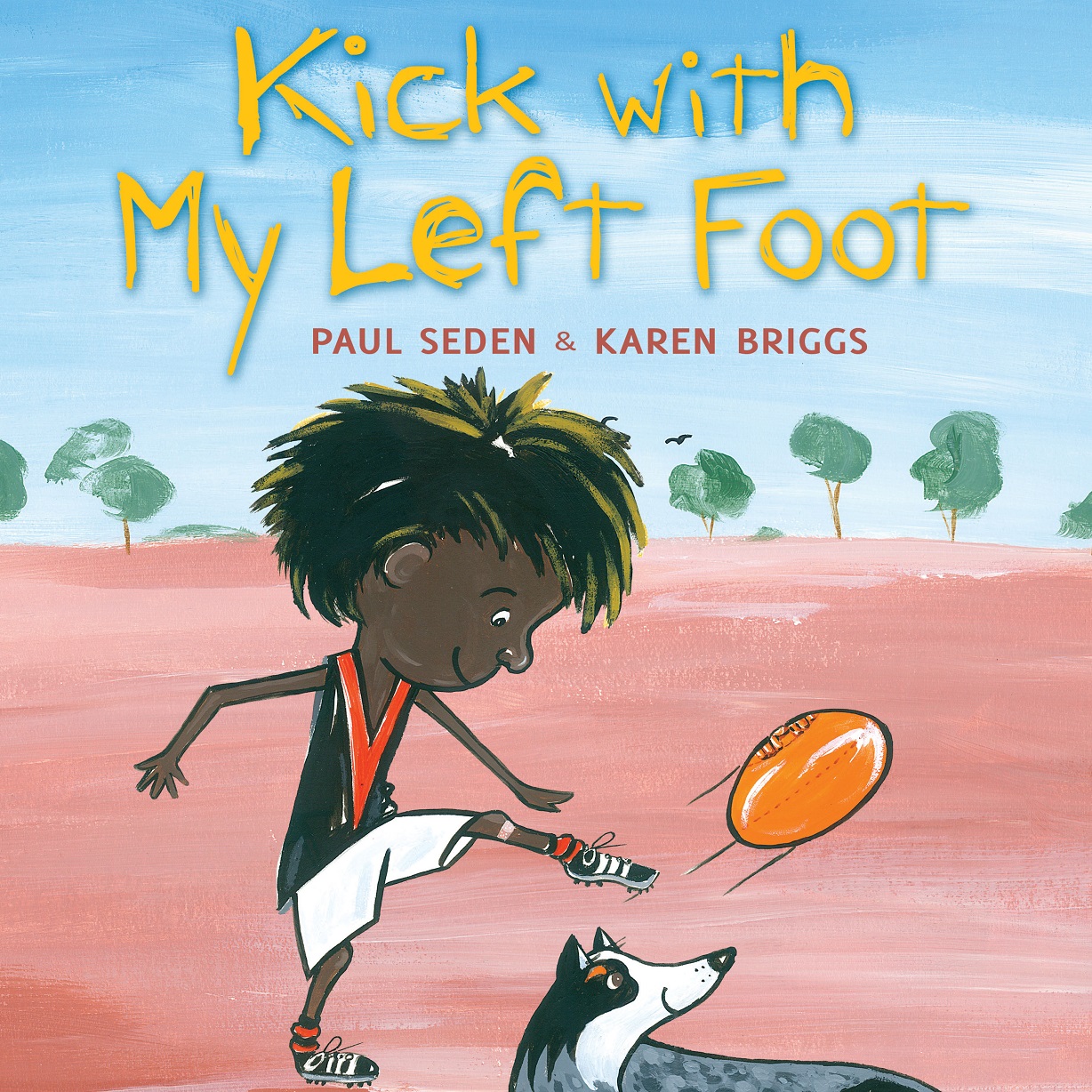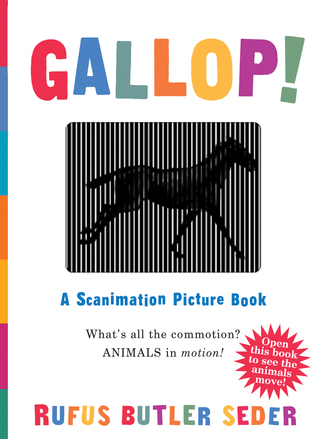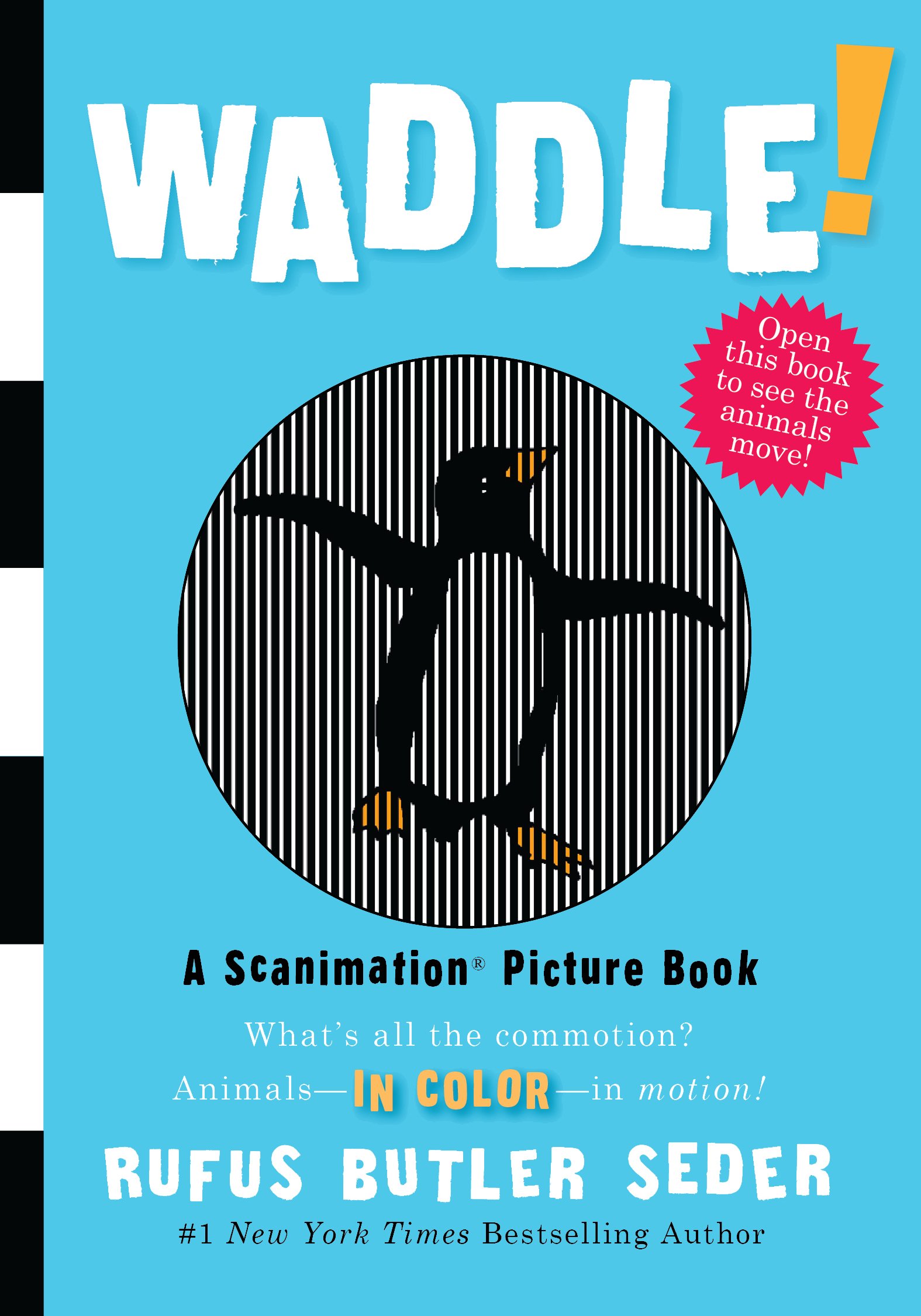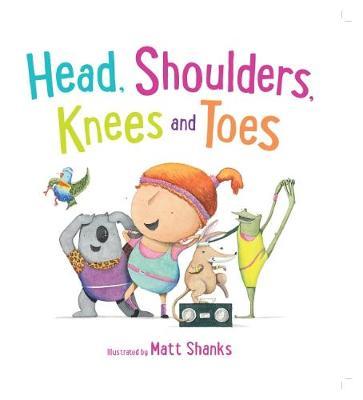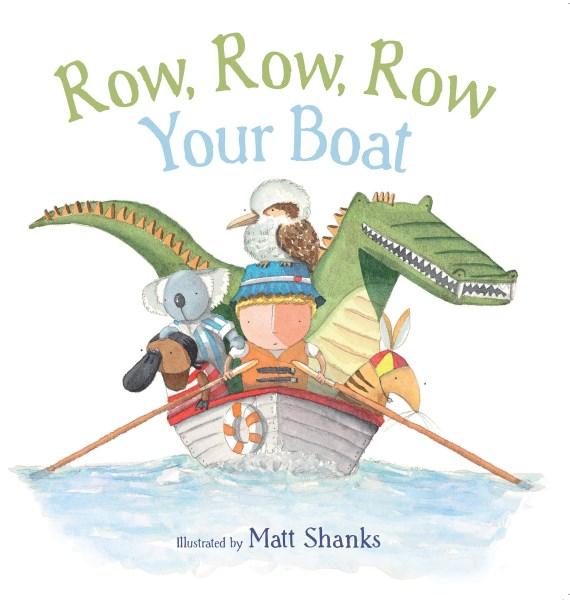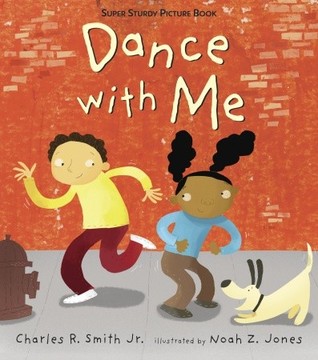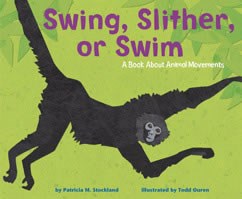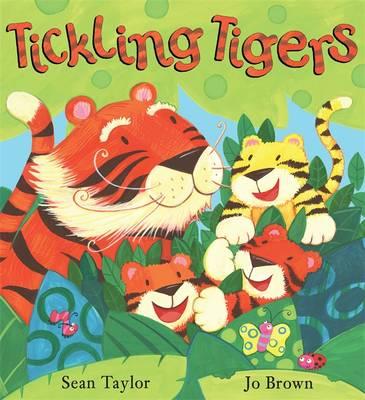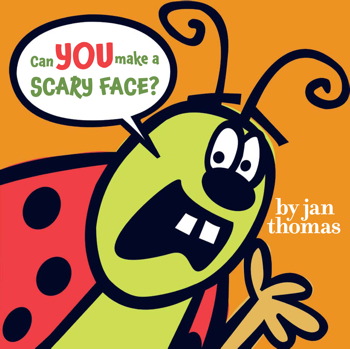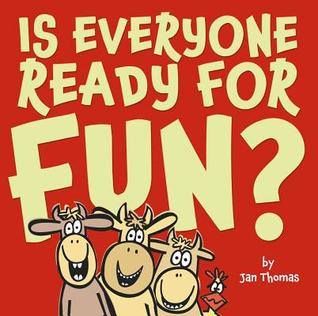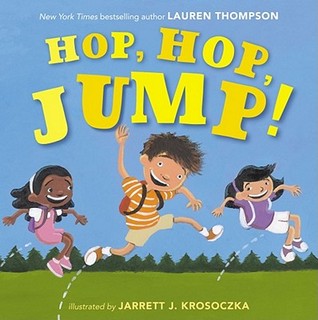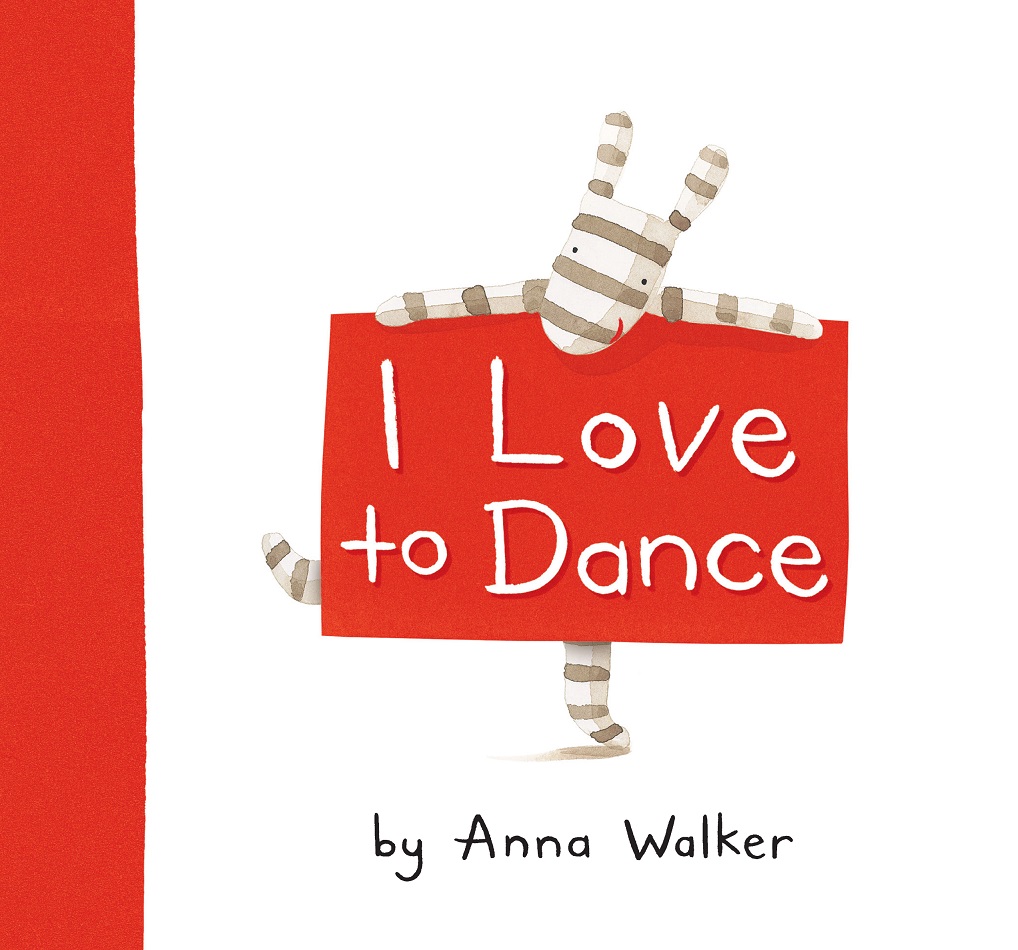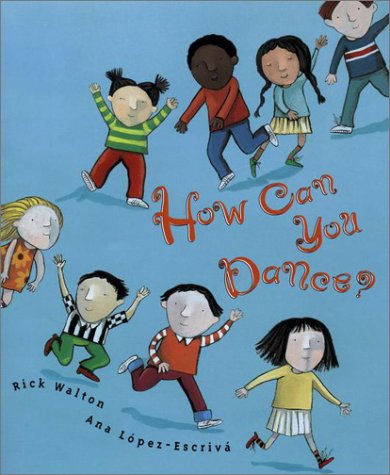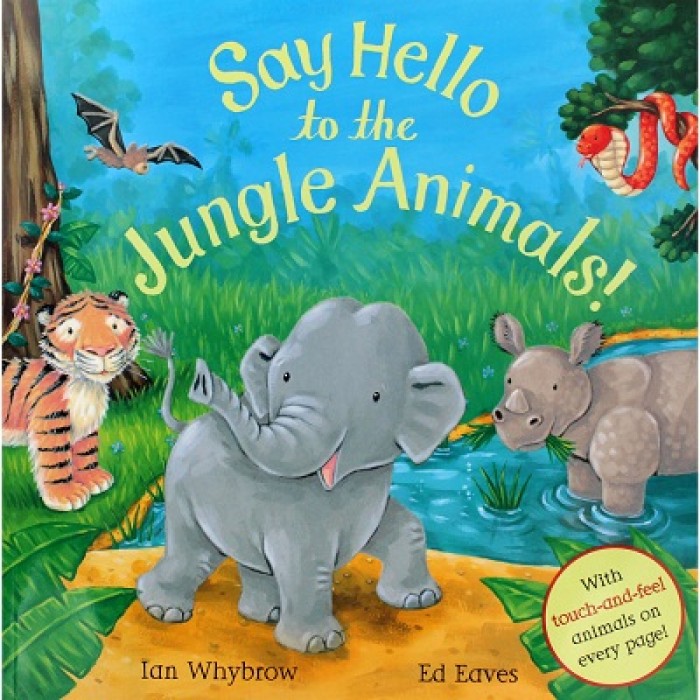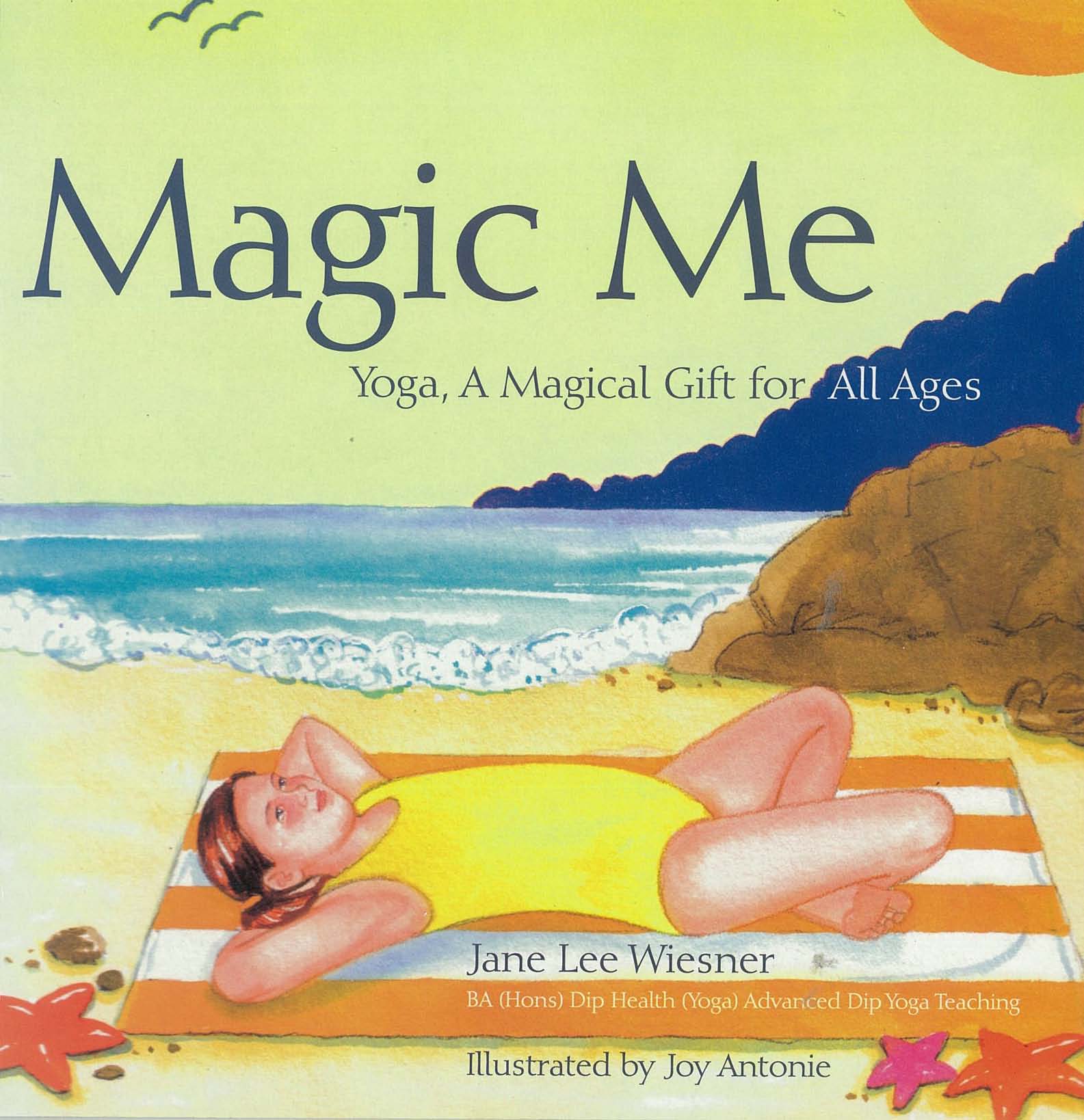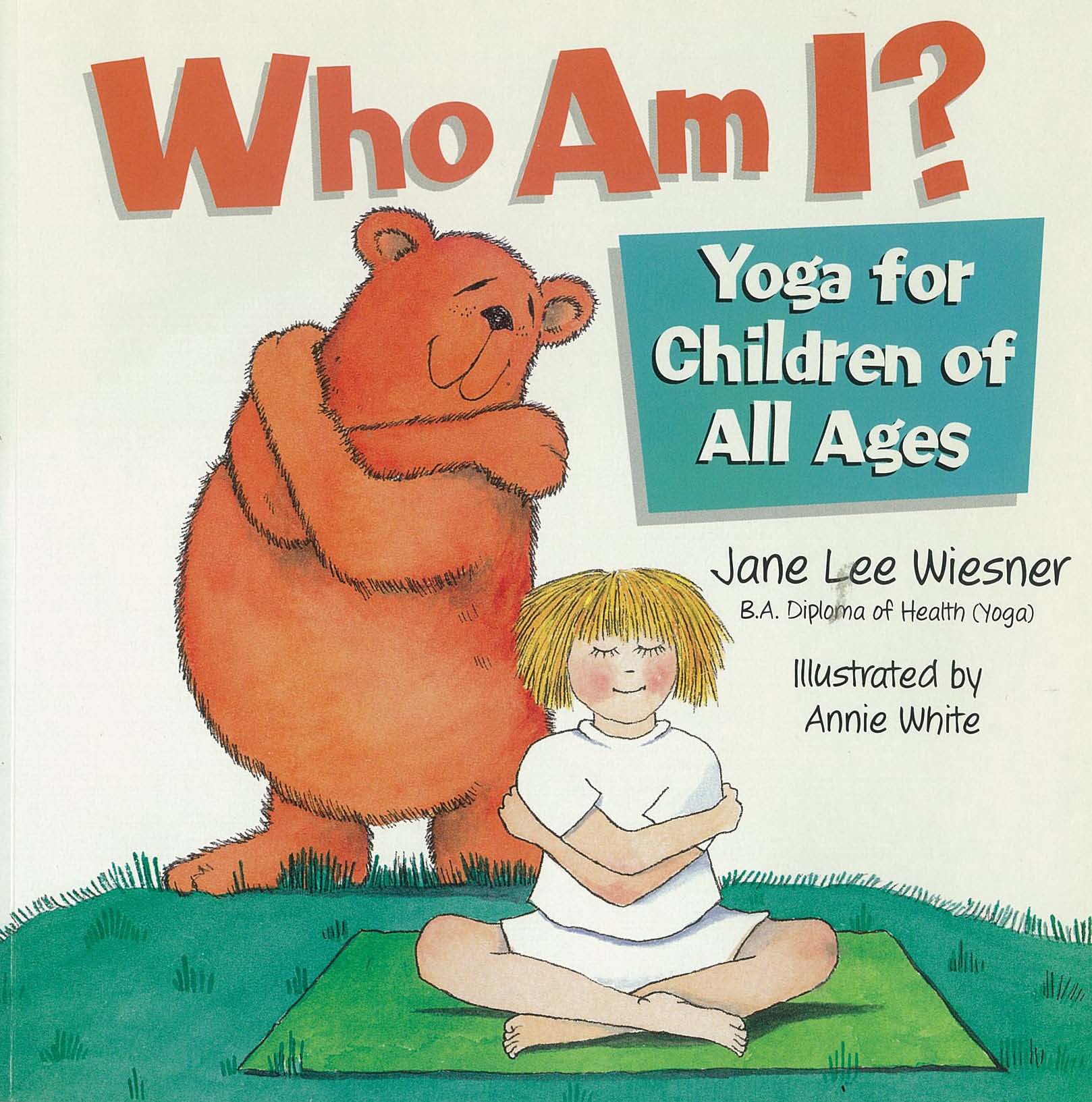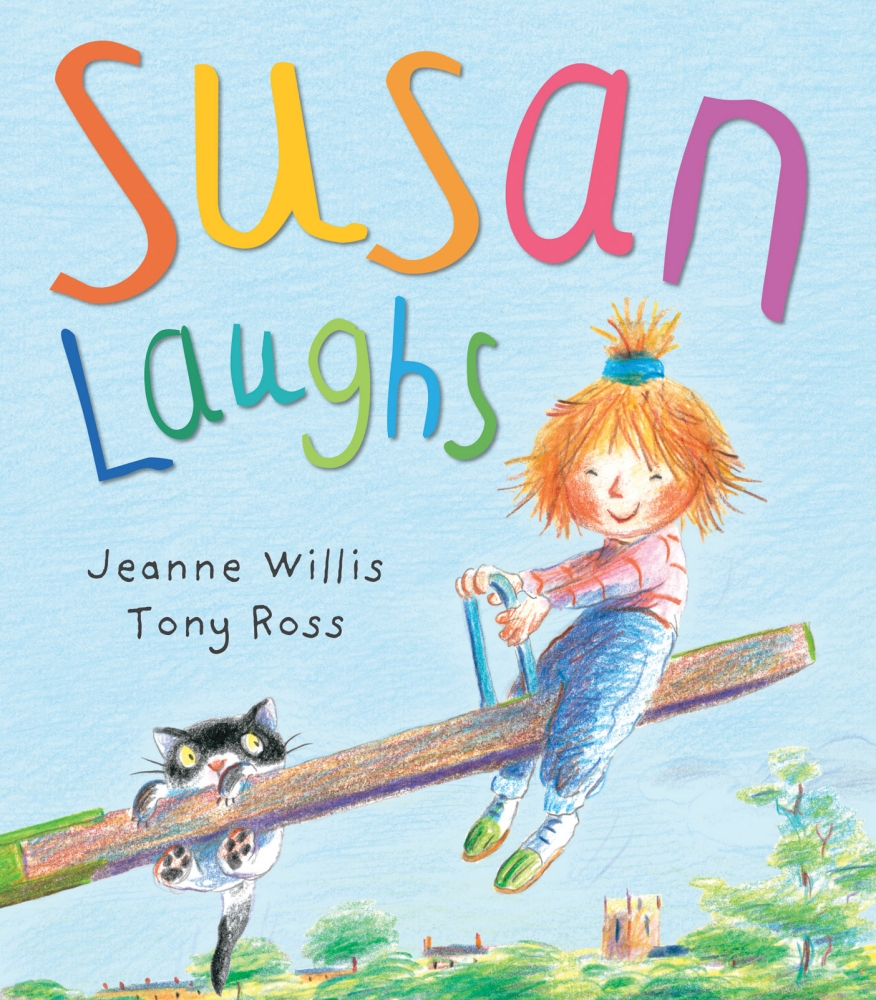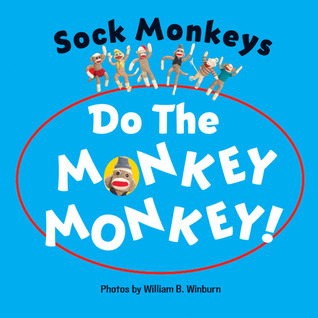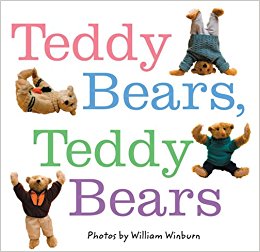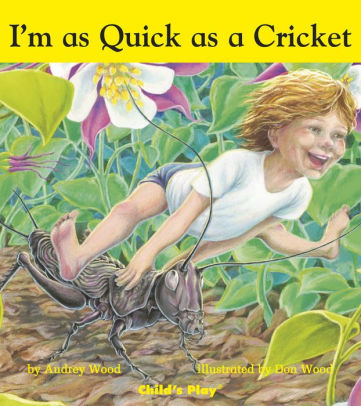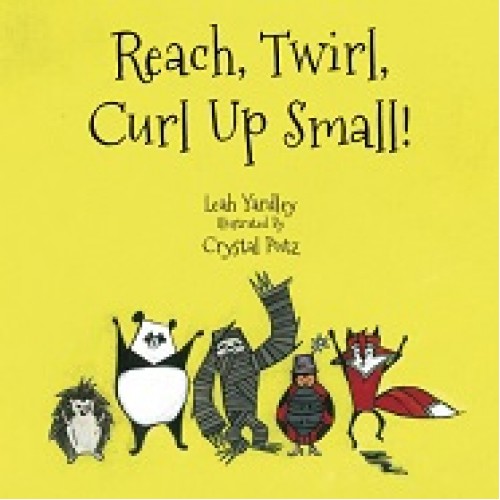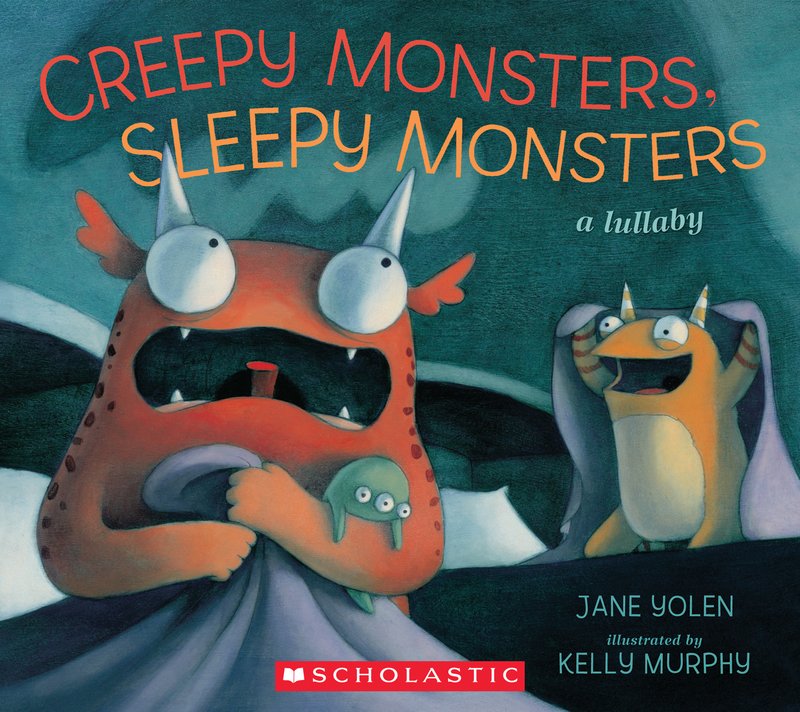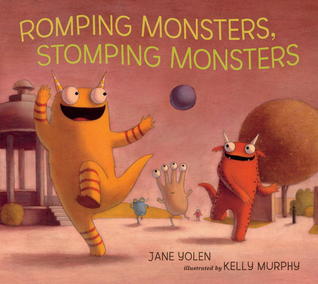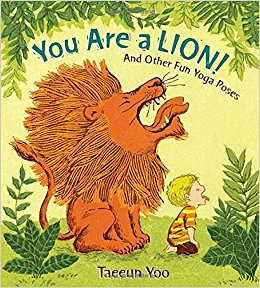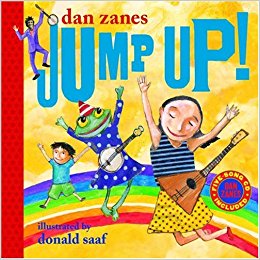This website is under development throughout 2018. Check in periodically for new content.
These toddlertime book recommendations below are examples of what we’ve come to call, at my public library service, “active literacy”. These books lend themselves to whole-bodied engagement, so that toddlers can see meaningfully that your movements match the words, and can copy/embody the words/actions, too. This level of engagement represents the “show” level of “see, show, say”, and is an indispensable method of having serve-and-return “conversations” with toddlers in a group, non-individual program context.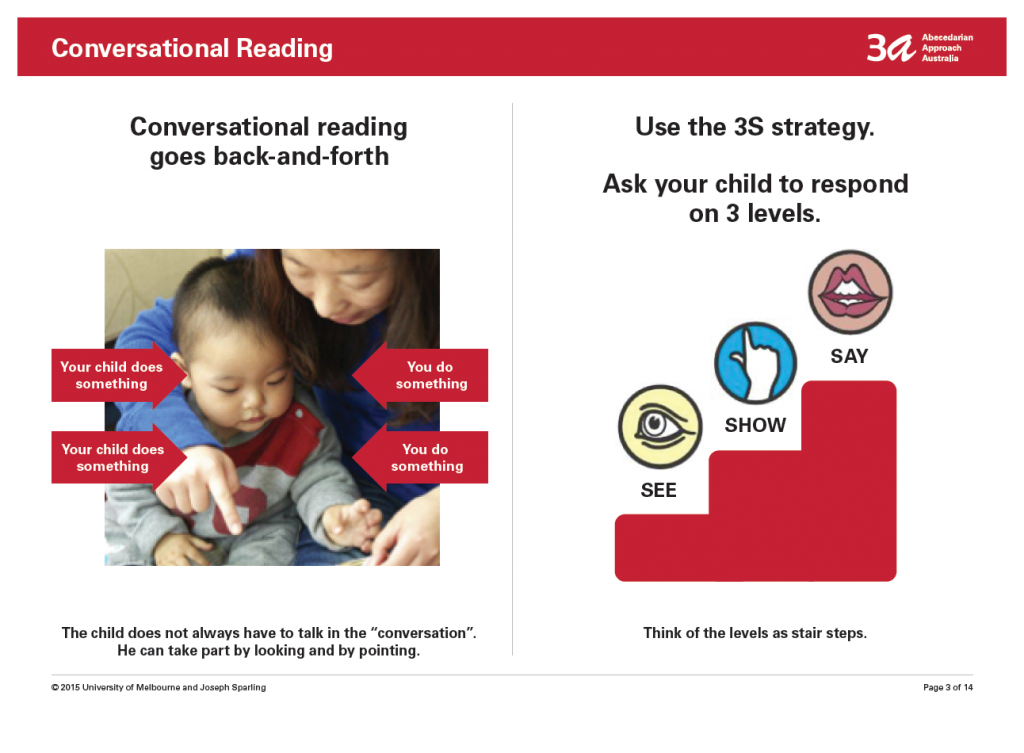 For more information about the three Ss (See, Show, Say), download the full 3a Family Guide for Conversational Reading (by Melbourne University and Joseph Sparling).
For more information about the three Ss (See, Show, Say), download the full 3a Family Guide for Conversational Reading (by Melbourne University and Joseph Sparling).
Visit the Programs Continuum page for more information about how to keep toddlers attentive and engaged based on their developmental capacities, and see the 3a Abecedarian Approach video playlist for the research context.
There are 88 books below. Over four terms of sessions—roughly 42 weeks per year—there are enough excellent, high engagement books on this page to sustain you through two whole years of toddlertimes at one book per session, or one whole year of toddlertimes at two books per session. (Putting aside that you may want to repeat.) Remember, too, that while these books are recommended as ideal for group programs pitched at a toddler’s linguistic stage of development, their interactivity and opportunity for participation through both “show” and “say” make them ideal for storytime, too, as well as the books I have specifically recommended for that older, preschool-aged cohort.
Ed Allen and Sarah Hardy
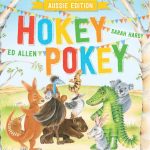 Hokey Pokey: Aussie Edition
Hokey Pokey: Aussie Edition
Who doesn’t love a book you can sing? The titular familiar tune is given a new spin in this Aussie animal version. Once you, the librarian, provide families with the lead in (“You put your right paw in…”), they’ll be readily able to join in for the rest of the verse, following the song’s predictable structure. Active read-alouds with the Hokey Pokey: Aussie Edition are also a great opportunity to practice lefts and rights—but don’t forget to use your right if you want the kids to use their left! Toddlers will follow you literally and unthinkingly. (Even the older preschoolers—and parents!—will more likely follow what what you do than what you say). Featuring wombats, kookaburras, platypuses, koalas, blue-tongued lizards, echidnas, bilbies, emus, crocodiles and kangaroos, this book invites kids to put their left or right paws, wings, flippers and claws in and out, as well as their tongues, noses, floppy ears, long necks, swishy tails, and whole jumpy selves! If you would like to use this book in an Australian animal-themed session, see also further down this page for Paul Crumble’s If You’re Happy and You Know It: Aussie Edition, plus Matt Shanks Heads, Shoulders, Knees and Toes and Row, Row, Row Your Boat. (Quite coincidentally, all of these books featuring Australian animals make use of traditional children’s songs. Using them together would culminate in a musical and dynamic high-participation session.) See below also for Snore by Alison Lester and We’re Going On a Croc Hunt by Laine Mitchell (which makes use of another familiar children’s rhyme).
Karen Beaumont; Illustrations by David Catrow
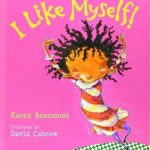 I Like Myself
I Like Myself
This book is a good example of a subtle active literacy text, and demonstrates how a keen, informed, discerning eye can spot participation opportunities in books that don’t explicitly tell the reader to stand up and get involved. The opening couplet sets the tone for the theme of the book: “I like myself! I’m glad I’m me. / There’s no one else I’d rather be.” The next couplet singles out some parts of “me” that the protagonist is fond of: eyes, ears, nose, fingers, toes. Use these as a cue to dramatically move and engage these parts of the body. Think beyond just pointing to your features—eg, blink your eyes dramatically, roll them, cross them, look up and down, left and right, peak-a-boo them out from behind your hands… The list goes on and on. Do things that will make the kids laugh, sit up and take notice, and best of all, join in the fun! I Like Myself contains word pairs like wild and tame, which provide you with a great imaginative opportunity. How can you express the essential gist of these words as traits, in physical, psychological, theatrical, play-acting ways? Not all of the qualities described in the book are obscure; for example, fast and slow. Activities like running really fast on the spot, as well as in melodramatic slow-motion, are always humorously popular with small kids. And don’t forgot, as I’ve said elsewhere on this site: feel free to leverage the text to suit the age of your audience, or your particular skills/comfort zone as a storyteller. If there are sections of a book that I don’t think are going to work for me, or with my group, but I still like and want to use the rest of the book, I simply paperclip together the pages that I want to skip.
For an identity-themed session, I Like Myself would go nicely with I Love Me (Sally Morgan), Look See, Look At Me (Leonie Norrington), I Could Be, You Could Be (Karen Owen), Who Am I (Jane Wiesner) and Susan Laughs (Jeanne Willis), all described below. (And therefore, for those of you working in early childhood education, these texts all support you to explore the VEYLDF outcome, “children have a strong sense of identity”).
Benjamin Bird
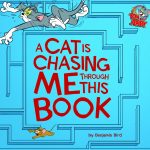 A Cat Is Chasing Me Through This Book!
A Cat Is Chasing Me Through This Book!
It is unusual for a book based on a TV show or movie to be as excellent as this wonderful high-engagement picture book. The premise is simple—and typical of this infamous rivalry: Jerry the mouse is trying to escape Tom the cat. Jerry speaks directly to the reader, asking us to help him flee the cat by flapping, kicking, stomping, wiggling, tiptoeing, clapping, rubbing, blinking, chomping and whistling to navigate various obstacles, before finally waving goodbye to old Tom cat—as he is chased away by the dog we summoned with our whistle! The illustrations for this book are large, bright, bold and simple, meaning that in large crowds, the kids further back can still see detail in the pictures. Furthermore, most of the active literacy books on this page don’t follow a storyline per se, so this one is a rare gem. If you wanted to build a session around this text, it would go nicely with We’re Going on a Croc Hunt by Laine Mitchell, It’s a Tiger by David LaRochelle, and Can You Make a Scary Face? by Jan Thomas (all described below).
Sandra Boynton
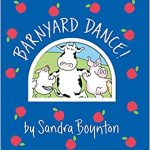 Barnyard Dance
Barnyard Dance
At its most basic, this book describes dance moves and animal sounds that you and the kids can make and do, and it will culminate in a lively and fun book encounter. However, there is SO much scope to go beyond the basics with Barnyard Dance, in order to create a book-reading moment that the kids and carers will remember and reminisce about. Play some instrumental line-dancing music while you’re reading it. Make it a real hoedown! Use puppets, toys, or costumes. For big and unwieldy groups like my regular crowds, I usually use props like these only by myself up the front, rather than singling out children to participate. Sometimes it’s not worth risking the upset that comes when all 65+ children can’t have a turn at the prop! When I visit kinders, and branches with smaller cohorts, I love having the opportunity to explore engagement techniques that are out of the question at my home branch—like getting each child to play a part in the pantomime, or to operate a particular prop. If you can’t get kids involved because there are too many of them, or you think it will be too messy and complicated given the nature of what happens in a given book, you can always invite parent volunteers to play particular parts. It’s a great way to wake them up from their spectator passivity, and turn them into active participants. And active participants are the best role-models—not to mention that their kids absolutely love it. Barnyard Dance doesn’t ask anything too scary or challenging of parents. Just to stomp, clap, bow, twirl, bounce, strut, spin, prance, etc. But since the actions have been linked to corresponding barnyard animals (horse = prance, bunny = bounce, etc), it’s just too tempting to add to these actions a silly costume or a puppet.
 On a side note, one of my favourite, easy-to-use types of costume for animal books and songs is an animal hat (see pictured), like the ones you often see in $2 shops, or in stalls in the middle of shopping centre walkways. (Click on the image for eBay search results.) Obviously you need to take the necessary precautions to prevent lice spreading when using these with the public!
On a side note, one of my favourite, easy-to-use types of costume for animal books and songs is an animal hat (see pictured), like the ones you often see in $2 shops, or in stalls in the middle of shopping centre walkways. (Click on the image for eBay search results.) Obviously you need to take the necessary precautions to prevent lice spreading when using these with the public!
Another strength of Barnyard Dance is the simple, bold illustration style. It’s another great conversational reading book for babies and toddlers, because children of this age won’t be cognitively overwhelmed by too much visual detail. You can therefore practice the three Ss without confusion, and more clearly link the bold images to vocabulary and discourse.

